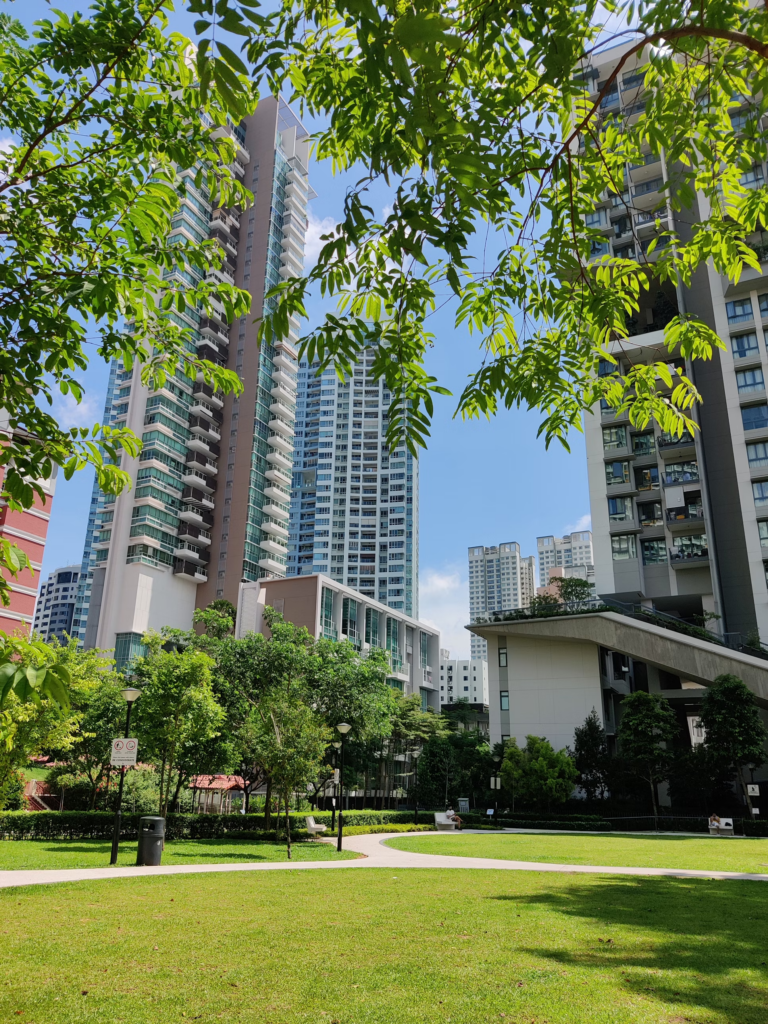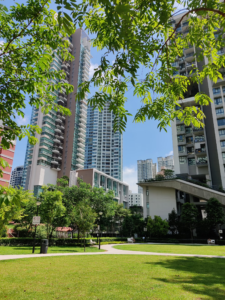Across Orange County, many homeowner associations (HOAs) are entering a critical stage in their lifecycle. Properties that were built in the 1970s, 80s, or 90s are now dealing with aging infrastructure, deferred repairs, and shrinking budgets. With inflation driving up the cost of materials and labor, associations that delay action often find themselves facing steeper repair bills and limited options when it’s finally time to act. Add to this the rising cost of insurance and increased scrutiny from carriers, and the stakes couldn’t be higher.
For property managers and HOA board members, navigating these challenges requires a mix of foresight, financial planning, and coordination. Taking proactive steps now can make a significant difference in preserving property values, reducing liability exposure, and ensuring the long-term stability of the community.
How Deferred Maintenance Impacts Insurance Costs
Increased Risk Equals Higher Premiums
When an HOA’s infrastructure is visibly deteriorating, insurance carriers take notice. Electrical systems, in particular, pose serious risks. Communities with outdated components like aluminum wiring or legacy panels (such as Zinsco or Federal Pacific) are flagged as high fire risks. These issues can lead to dramatic insurance cost increases. One HOA in Southern California, for example, saw premiums jump by more than 600% after an inspection revealed unsafe electrical panels. Even with upgrades underway, their options for affordable coverage became extremely limited
Underfunded Reserves Raise Red Flags
Carriers don’t just assess physical risks—they also examine financial ones. Associations that can’t demonstrate adequate reserve funding are viewed as less capable of handling emergencies. A lack of reserves can delay necessary repairs, which increases the risk of damage and claims. Insurers often request reserve studies and financial statements to ensure the HOA is equipped to manage its responsibilities. If those documents suggest poor planning or underfunding, the HOA may face unfavorable policy terms or even denial of coverage.
Liability Risks Escalate Exposure
Deferred maintenance isn’t just about structural decay—it creates real safety hazards. Broken stair treads, cracked sidewalks, non-functioning lighting, or unstable balconies all increase the likelihood of injury. While insurance policies don’t cover maintenance itself, they do respond to third-party liability. If someone is injured due to a known but unaddressed hazard, the HOA may face a lawsuit and insurers may be reluctant to cover future claims. Associations can also be found partially negligent for failing to take action when hazards are identified.
Securing Coverage Becomes Challenging
Repeated maintenance-related claims or obvious signs of disrepair can drive insurers away. In today’s hardening insurance market, many carriers are exiting the HOA space altogether. This leaves fewer choices, particularly for older communities. Without evidence of upkeep and improvements, an HOA may find itself placed with surplus lines carriers—often at significantly higher cost and with more limited coverage. Associations that are proactive in addressing risks stand a much better chance of securing standard, competitively priced coverage.
Structural Failures Lead to Catastrophic Outcomes
The financial and human cost of structural failure can be devastating. Balcony collapses, roofing failures, and plumbing system breakdowns have led to injuries, lawsuits, and repair bills that dwarf the cost of routine upkeep. California’s Senate Bill 326 (the ‘Balcony Bill’) was introduced in response to such risks. It mandates regular inspections of elevated structures to ensure resident safety. While some board members may not yet be fully familiar with the law’s specifics, the message is clear: failure to maintain structural components can result in serious legal and insurance consequences.
Proactive Measures to Safeguard HOA Communities
To reduce risk, maintain property values, and ensure insurance accessibility, associations must take proactive steps. The following strategies provide a roadmap for better long-term planning and operational success:
- Regular Property Inspections – Hire qualified inspectors annually or biannually to assess building systems, exterior components, and common areas. Independent third-party assessments often catch issues early before they escalate.
- Comprehensive Maintenance Planning – Use inspection findings to build a multi-year maintenance plan. Prioritize high-risk issues and stagger less urgent projects to avoid overwhelming budgets.
- Bolstering Reserve Funds – Associations should commission updated reserve studies every 3–5 years and adjust contributions accordingly. Even modest annual increases help prevent future special assessments.
- Collaborating with an Experienced Insurance Broker like Nextier Insurance Services – Partner with a broker who specializes in community associations. They understand the nuances of HOA risk and can advocate on your behalf during underwriting.
- Prioritizing High-Risk Repairs – Immediate attention should go to life safety issues like faulty wiring and electrical panels, roofs, loose railings, and trip hazards. Prompt repair of these items reduces the risk of claims.
- Educating Homeowners on Maintenance Needs – Host annual meetings or send quarterly newsletters that explain key projects, reserve funding rationale, and the importance of preventative work.
- Exploring Alternative Funding Options – For major projects, investigate HOA-specific loan programs or grant opportunities. A well-structured loan can help avoid burdensome special assessments.
- Implementing Preventative Maintenance Programs – Establish monthly, quarterly, and annual maintenance tasks for key building systems. Preventative efforts reduce the frequency and severity of breakdowns.
- Leveraging Technology for Maintenance Management – Tools like maintenance tracking software or app-based work order systems help streamline repairs, reduce delays, and document the HOA’s efforts.
Real-Life Consequences of Deferred Maintenance
Consider the case of an Orange County HOA that failed to upgrade aging electrical panels flagged by inspectors. After two small electrical fires and growing concern from residents, the community was dropped by its insurance provider. The board was forced into a last-minute scramble to find coverage, ultimately accepting a new policy at more than seven times the previous cost—and with fewer protections. Once the new panels were installed, the HOA eventually secured better coverage, but only after months of stress and a major hit to the budget. This case illustrates how ignoring deferred maintenance not only puts lives and property at risk—it can severely limit insurability and destabilize financial planning.
The Cost of Inaction Is Too High
HOAs that wait too long to address known maintenance issues are likely to pay more—in repairs, in liability claims, and in insurance premiums. In worst-case scenarios, they may become uninsurable, threatening the very viability of the community. By investing in proactive inspections, planning, and repairs today, HOA boards can ensure their communities remain safe, marketable, and financially sound for decades to come. The time to act isn’t when a problem becomes unmanageable—it’s now

Cory Neubauer
Managing Partner
Cory Neubauer, co-founder of NEXTIER Insurance Services Inc., brings over two decades of expertise in commercial real estate and HOA insurance. As an active member of Echo, CACM, and multiple CAI chapters across California, Cory is dedicated to educating and supporting HOA property management professionals and board members in optimizing insurance coverage to protect their communities







